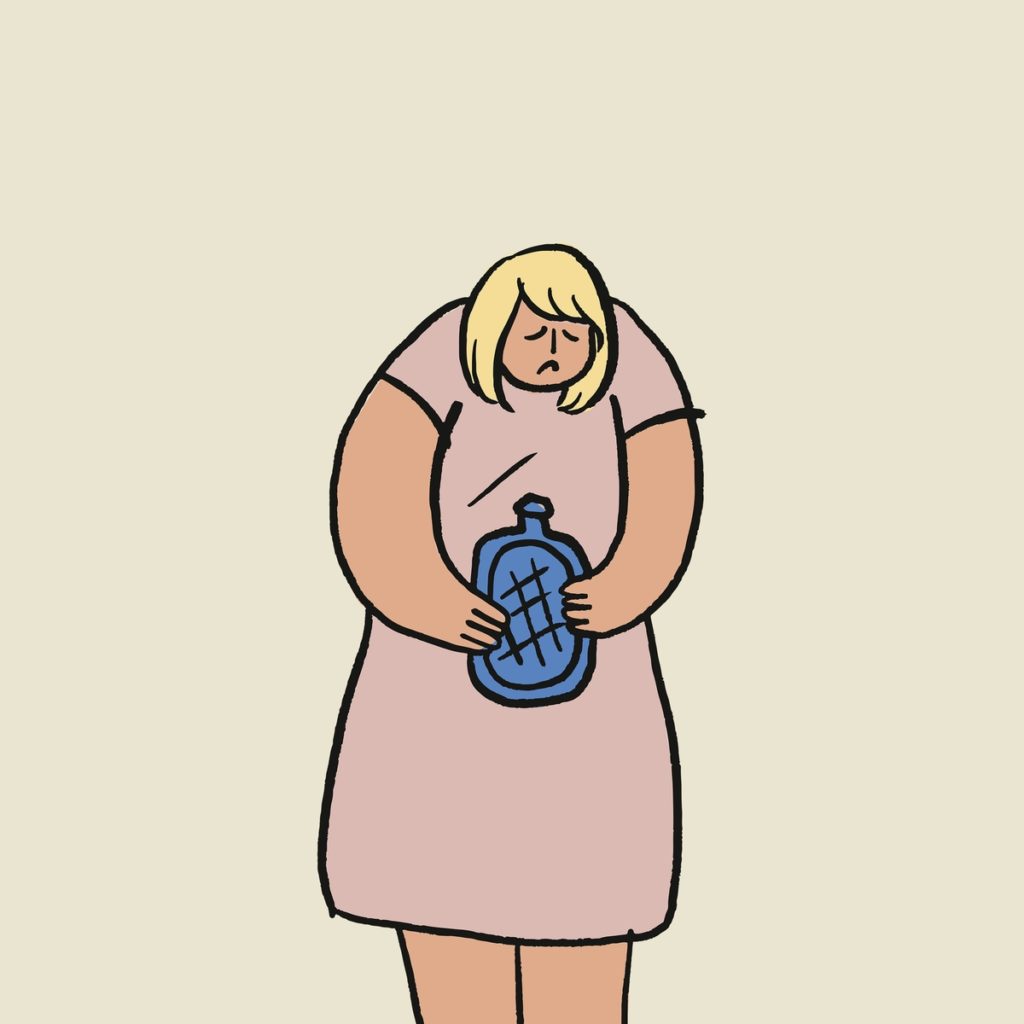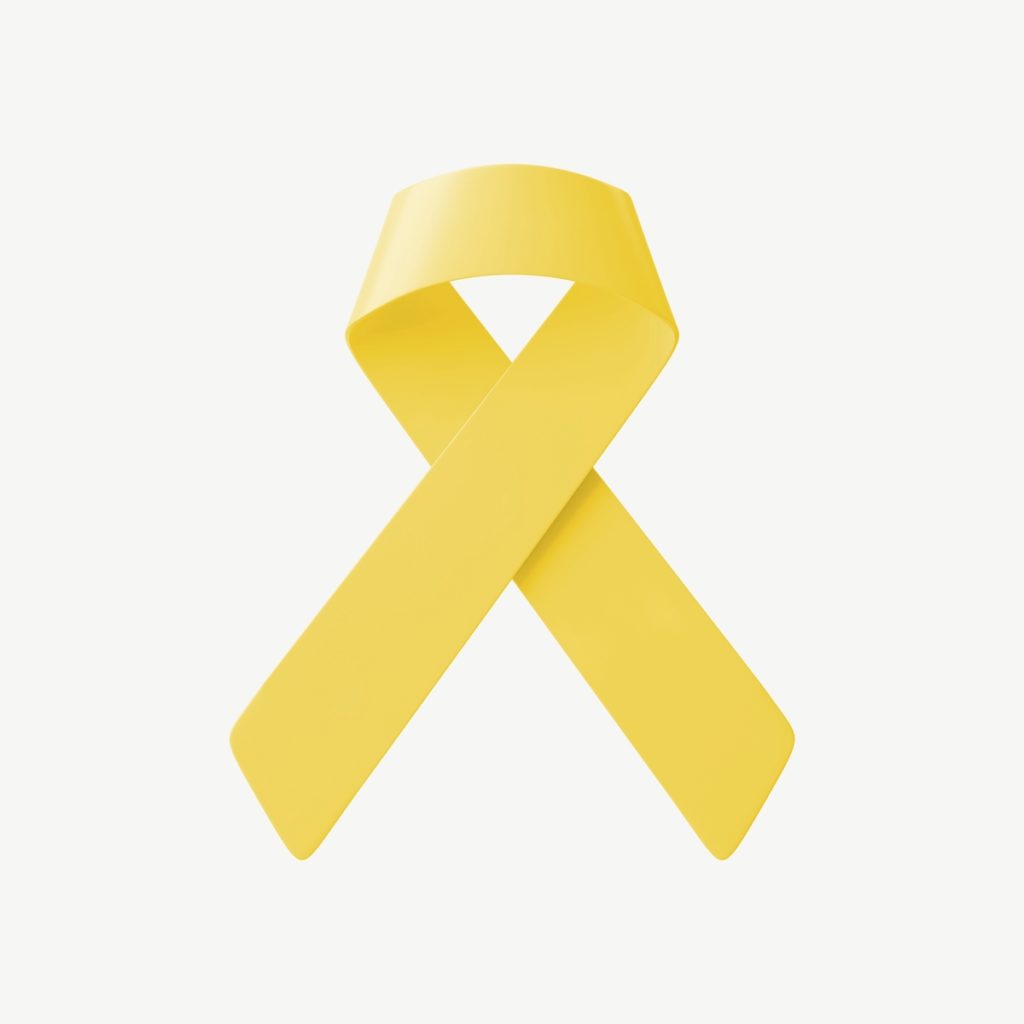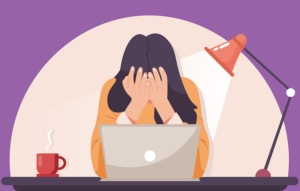
History of Endometriosis Awareness Month
In March, we raise awareness for endometriosis, a chronic condition that can cause severe pain and infertility in women and other people with uteruses.
According to Everyday Health, The Endometriosis Association began Endometriosis Month in 1993, hoping to raise awareness worldwide. The organization also provides free brochures and yellow ribbons to show honorarium and support.
People all over create awareness through events and activities like fundraisers, marches, campaigns, and more to help raise money for an eventual cure.
A Better Understanding of Endometriosis
According to the World Health Organization, endometriosis occurs when uterine lining-like tissue grows outside the womb. The condition causes “severe, life-impacting pain during periods, sexual intercourse, bowel movements and/or urination, chronic pelvic pain, abdominal bloating, nausea, fatigue, and sometimes depression, anxiety, and infertility.”
Moreover, endometriosis “causes a chronic inflammatory reaction that may result in scar tissue (adhesions, fibrosis) forming within the pelvis and other parts of the body.”
An estimated 10% (190 million) of people of reproductive age suffer from endometriosis globally. Often, women never realize they suffer from the condition. This is usually due to a lack of symptoms, never receiving a diagnosis, or doctors misdiagnosing the condition. In addition, medical professionals sometimes frequently ignore the signs and don’t take their patients seriously when reporting symptoms.
The condition can start anytime from the onset of the first menstrual cycle, all the way through menopause, wherein symptoms sometimes improve after. However, symptoms most commonly develop around ages 25-40 and can occur in anyone with a uterus.
According to the American Society for Reproductive Medicine, this disorder has four stages, with stage one being mild, stage two moderate, stage three severe, and stage four extensive.
As of right now, experts don’t know for sure what causes endometriosis, but they have hypothesized a few risk factors. According to Everyday Health, there are four theories: genetics, hormones, low prenatal testosterone, and menstrual period problems. Other factors that may increase the risk of developing the condition include starting menstruation at a young age, heavy periods lasting more than seven days, short menstrual cycles lasting less than 27 days, and never giving birth.
Cassandra Alston’s Diagnosis
Among the many people worldwide suffering from endometriosis, my mom Cassandra Alston is one of them. So, I interviewed her to ask some questions about her experience with it.
My mother received her diagnosis in 1989. “I don’t remember the day or the month,” she said. “But, I had a laparoscopic in 1989 where they laser off the growth on the uterus.”
Laparoscopic surgery is a less invasive way of performing surgery to diagnose or treat medical conditions. It’s often used to check for tumors, examine organs like the appendix, liver, or gallbladder, and check for fibroids or cysts. While under anesthesia during laparoscopic surgery, doctors insert a thin tube with a camera into the pelvis through an incision near the navel. The surgeon lights up the internal cavity and then uses instruments to remove endometriosis tissues.
One of the main symptoms people with endometriosis experience is severely painful cramps. Ultimately, this symptom led my mom to discover she suffered from the condition.
“I was having very bad cramps and just bad, painful periods every month,” she said. “So that’s how I figured something was definitely wrong.”
Regarding pain management, my mom said that her laparoscopic surgery helped relieve some of her symptoms. “At the time, I was prescribed naproxen, which did mitigate the pain a little bit,” she added. Thankfully, she only experiences a mild case of endometriosis. It could have been much more severe, but she is grateful it isn’t.
(Article continues after ad)
Please check out our amazing site sponsors!
Prevention of Endometriosis And Treatment

Unfortunately, there’s no way to prevent endometriosis since medical professionals are uncertain what causes it. This means there’s also no cure at the moment. Though, there are treatment methods to help mitigate symptoms.
According to The Office on Women’s Health, because estrogen causes the uterus’s lining to thicken during a menstrual cycle, lowering estrogen levels can help reduce the severity of symptoms.
They suggest four things to lower estrogen levels and reduce your risk of developing endometriosis:
- Consider talking to your doctor about switching to hormonal birth control like an IUD, the pill, shot, patch, or ring;
- Exercising more than four hours a week;
- Reducing alcohol intake;
- Avoid drinking caffeine.
Dairy and meat also elevate estrogen levels, so eating a healthy diet with more fruits and vegetables may reduce your risk.
For treatment, medication is usually the first option to relieve symptoms. Hormone therapy, hormonal birth control, and NSAIDs are a few medications to help. In addition, some women use heating pads to help with the pain.
According to the National Library of Medicine, the use of marijuana appears to reduce nausea, pain, and stress.
The Importance of Raising Awareness

The Endometriosis Foundation of America says that an estimated one out of 10 women suffer from this disease, but many cases remain undiagnosed. Meaning that the condition isn’t rare at all; in fact, it’s widespread. Therefore, we should be speaking about and raising awareness about it all the time, not just during Endometriosis Awareness Month.
There are many ways to help raise awareness and show support! For example, the color yellow is associated with Endometriosis Awareness Month, so wear yellow or a yellow ribbon!
Educate yourself and others on the disease, get outside and participate in an annual worldwide march or walk, and share information on social media.
But, perhaps most importantly, if you suffer from the condition, consider sharing your own experience. That way, people understand what it’s like from a first-person perspective. Sharing your story also helps others potentially discover they may suffer from the condition, too. It also helps those already diagnosed feel more comfortable talking about it as well. And knowing they have support feels great.
Raising awareness helps the world understand what people with this condition go through in their daily lives. That’s why we should always look for ways to always help, support, and educate each other.



